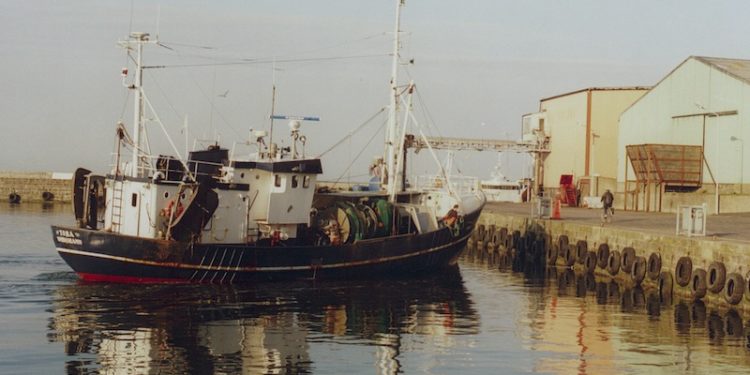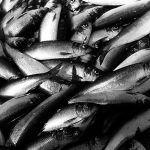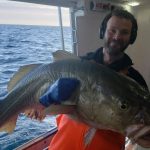The compromises reached between the EU Parliament and the Council of Ministers on the Baltic Sea plan are set to trigger draft plans for the North Sea and north-western waters, according to the NFFO.
The NFFO represents English fishing organisations and has no interests at stake in Baltic waters, but has nevertheless been following developments closely.
‘Important precedents for multi-annual plans for the North Sea and North West waters could be set by the outcomes on the deal on the Baltic. Now that political agreement has been reached on the Baltic it is expected that draft plans for the North Sea and North West Waters will be proposed by the Commission in short order,’ the NFFO states.
‘A proposal for a multi-annual plan for the North Sea is expected before the summer with a proposal for North West Waters sometime after.’
According to the NFFO, at the heart of the jurisdictional dispute was the issue of how to interpret the requirement to fish below maximum sustainable yield; how much flexibility should be afforded to ministers in setting TACS; and what constraints could be compatible with management of TACs in mixed fisheries.
‘For ministers and fisheries managers dealing with the realities of mixed fisheries, especially within the context of the landings obligation, a degree of flexibility is essential if we are to reduce the problem of chokes to manageable levels. For the Parliament, heavily influenced by the environmental lobby, the aim was exactly to constrain ministers’ room for manoeuvre. Colourful but completely misplaced language has been used during the dispute, with references to threats to sustainability, overfishing and stock collapse but the reality is that the dispute has been about the final 5% or 10% of yield. On where we are in terms of sustainable fishing in the North East.‘
It reminds its members that Atlantic ICES view is that; “for the majority of stocks, it has been observed that fishing mortality has decreased to a level consistent with Maximum Sustainable Yield (MSY) – meaning levels that are not only sustainable but will also deliver high long term yields.”
The NFFO’s opinion is that at a technical level, the dispute has apparently been resolved by a compromise on the target fishing mortality ranges, consistent with the CFP requirements on MSY, which will be included in the plan. The range will have an upper and lower part and TACs will normally be set in the lower range. However, subject to certain conditions, the plans will allow TACs to be set in the upper range. One of the conditions is that the TAC concerned is in a mixed fishery. This is a relatively elegant face-saving resolution that maintains the Parliament’s role in shaping long term management plans but also provides ministers with the flexibility to manage mixed fisheries in the real world.
‘The degree to which this will contribute to the management chokes remains to be seen.’
NFFO









